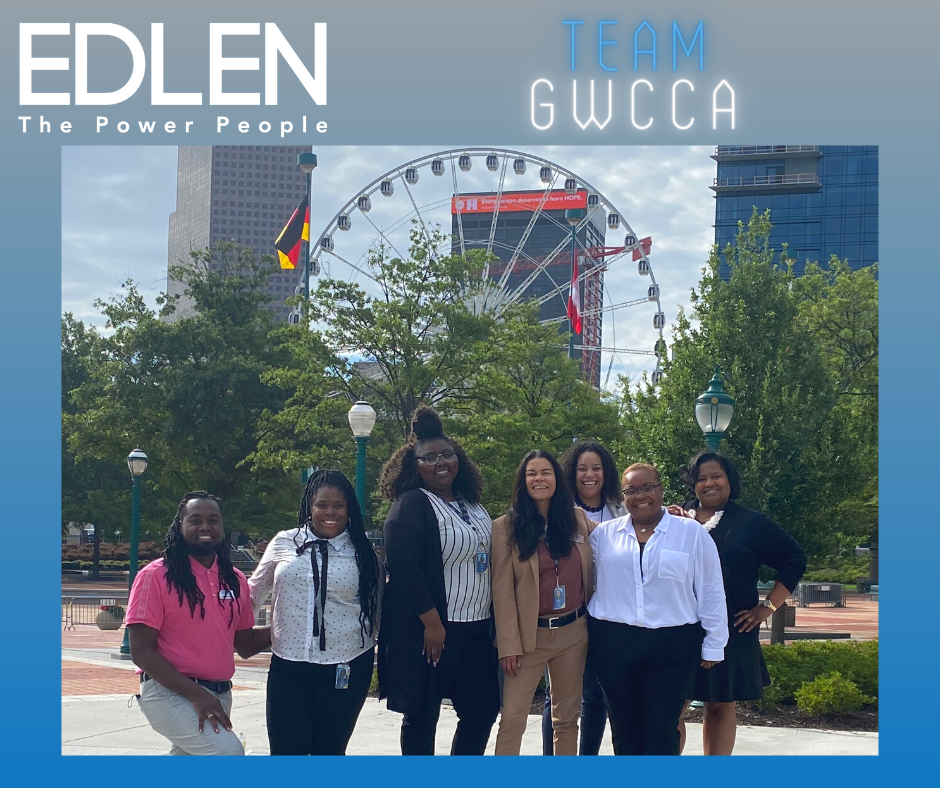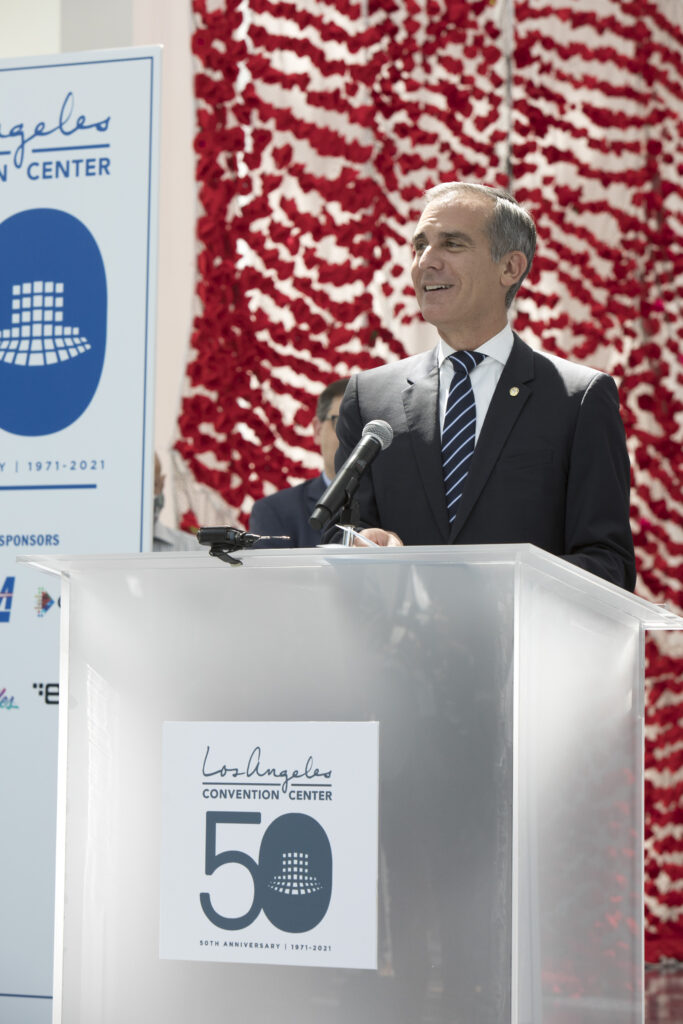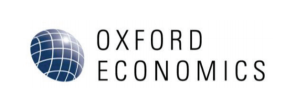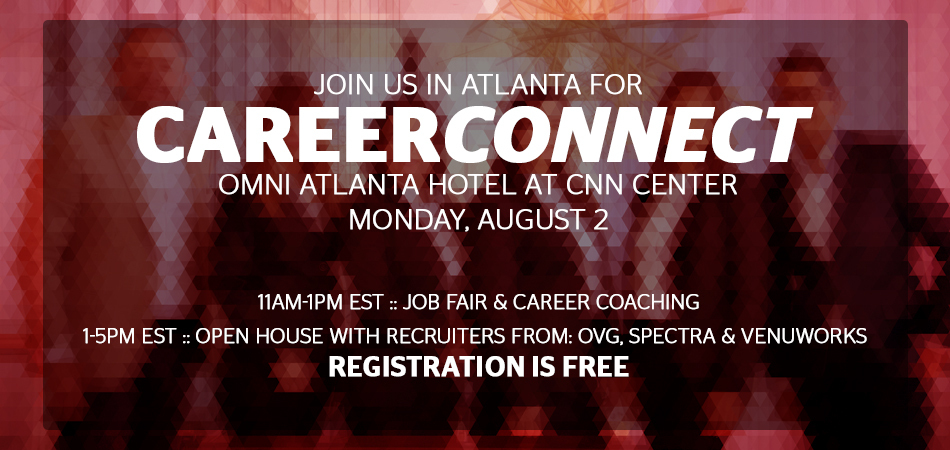In Memoriam: Thaxter R. Trafton
Thaxter R. Trafton, of Rockland, ME passed away in Camden with his wife, Linda, by his side on July 25, 2021, from complications of Lewy body disease. He was 84. Thaxter was born in Danforth, ME on January 5, 1937, to Leone Fitzpatrick and Elton Trafton.
A graduate of Morse High School and Maine Central Institute, he earned his business degree from Husson College.
Thaxter was a competitive athlete, and his career as a teacher and coach at John Bapst High School kindled  a lifelong passion for motivation and development of all he mentored. Throughout his personal and professional life, he nurtured the potential of those with whom he came in contact. This is underscored by the devotion of family and friends, and the legion of students, employees and acquaintances which attest to his leadership. He was an exceptional individual.
a lifelong passion for motivation and development of all he mentored. Throughout his personal and professional life, he nurtured the potential of those with whom he came in contact. This is underscored by the devotion of family and friends, and the legion of students, employees and acquaintances which attest to his leadership. He was an exceptional individual.
Thaxter became the Parks and Recreation Director for the City of Bangor from 1965 until 1980, including five years as the Executive Director of Bass Park, which included the Bangor State Fair and Raceway operation and the overseeing the building of the Bangor Civic Center. In 1980, he was named the Director of the Arizona Veterans Memorial Coliseum and the Arizona State Fair. During his tenure, he also served as the president of the Western Fairs Association.
His lifelong affinity for sports was realized from 1985 to 1988 as president of the NBA Cleveland Cavaliers, during which time he accomplished several notable NBA firsts in professional sports administration. After serving as president of the RACAM amusement company in Phoenix, Arizona, he became the owner and president of Trafton & Associates, which operated the Santa Monica pier amusements and Shamrock Shows in southern California.
Thaxter ventured back into professional sports, becoming the president of the International Basketball League, in Baltimore, MD. He then took the position of Chief Administrative Officer of the Oakland-Alameda County Coliseum Authority in Oakland, CA. At the request of Governor John Baldacci, Thaxter returned to Maine in 2003, where he served first as the Director of Business Development in the Department of Economic and Community Development, then became Deputy Developmen Commissioner of the Department of Economic and Community Development and lastly, served as the Commissioner of the Department of Economic and Community Development in 2011. He served as the first Executive Director of the Maine Sports Hall of Fame starting in 2006. He was inducted into the New England Basketball Hall of Fame, Maine Sports Hall of Fame, Maine Basketball Hall of Fame, Husson University Sports Hall of Fame, Maine Central Institute Sports Hall of Fame and the John Bapst Sports Hall of Fame. For the past several years he has been affiliated with the Samoset Resort while residing in Rockland, ME.
Thaxter is predeceased by his parents; and his brothers, Blaine and John. He is survived by his loving wife of 28 years, Linda Pinney Trafton. They were married in Alta Loma, CA in 1993. He also leaves behind Mona Herbert Trafton, mother of his four children. Thaxter is survived by his four children: Tony Trafton of Murrieta, CA and his 4 children and 3 grandchildren; Teresa Armstrong and her husband, Mark Armstrong, of Woodbridge, CA, and their 4 children and 2 grandchildren; Mark Trafton and his life companion, Shauna Yergensen, of Las Vegas, NV and his 2 children; and Alan Trafton and his wife, Jennifer, of Lake Forest, CA and their child. He is also survived by his three stepchildren: Cynthia Hays of Livonia, MI, and her 2 children; Matthew Pinney and wife, Denyse, of Solon, OH and their 2 children; and Andrew Pinney and wife, Amy, of Broadview Heights, OH and their 4 children. He also leaves behind 5 great grandchildren. He will be fondly remembered by many nieces, nephews, and close friends.
A Celebration of Life will be held in the Knox County Ballroom at the Samoset Resort in Rockport, ME on Sunday, October 3, 2021, from 1-4 p.m.
In lieu of flowers, memorial donations may be made in Thaxter’s honor to the Maine Sports Hall of Fame at P.O. Box 2, Cumberland, ME 04021 or online at mshof.com/donations.
Edlen Electrical Exhibition Services Partners with Georgia World Congress Center Authority on Utility Services
By Julie Pazina
Edlen Electrical Exhibition Services, the nation’s largest independent electrical contractor to the convention and trade show industry, announced its exclusive utility partnership with the team at the Georgia World Congress Center Authority. Beginning July 1, 2021, Edlen has been working with the team at the Georgia World Congress Center Authority, show management, general service contractors, AV and IT professionals as the exclusive provider of electrical, plumbing, compressed air, and cable services.
Founded in 1975, Edlen is the nation’s largest and most experienced independent temporary utility  contractor. Jim Wetterling, President and CEO, said, “Edlen is honored to partner with our friends at the Georgia World Congress Center Authority. We look forward to a long and mutually successful relationship.”
contractor. Jim Wetterling, President and CEO, said, “Edlen is honored to partner with our friends at the Georgia World Congress Center Authority. We look forward to a long and mutually successful relationship.”
Shawna Moore has moved to Atlanta to assist with the transition and lead the team. She brings a wealth of knowledge and experience from her tenure with Edlen. Shawna served as the Assistant General Manager of Edlen’s Mandalay Bay office and has serviced some of the largest trade shows in the country.
Edlen Electrical Exhibition Services is the nation’s leading independent temporary utility contractor to the trade show, convention and special event industry. Edlen is a national company based out of Las Vegas, servicing more than 5,000 events annually providing exclusive, preferred or recommended services in over 200 convention facilities nationwide.
Julie Pazina is national director of sales for Edlen Electrical Exhibition Services.
Pictured: (Left to right) Anthony Ellis, Tashee Tott, Brittany Brown, Shawna Moore, Dana Brown, LaTonia Ross, Detris Lawerence
Los Angeles Convention Center Celebrates 50 Years of Event Excellence
By Nancy Walker
The Los Angeles Convention Center (LACC), owned by the City of Los Angeles and managed by ASM Global, the premier venue management and services company, marked 50 eventful years with a live celebration on Thursday, July 29th.
After touring the LA Art Show, the first large-scale event to be hosted by the Convention Center since re- opening, City of Los Angeles Mayor Eric Garcetti (pictured) addressed approximately 200 attendees that included City and State officials, event organizers, Convention Center partners, the downtown LA hospitality community, and current and former LACC employees.
opening, City of Los Angeles Mayor Eric Garcetti (pictured) addressed approximately 200 attendees that included City and State officials, event organizers, Convention Center partners, the downtown LA hospitality community, and current and former LACC employees.
Additional remarks were made by Doane Liu – Executive Director of the Los Angeles City Tourism Department, Adam Burke – President & CEO of the Los Angeles Tourism & Convention Board, Ron Bension – President & CEO of ASM Global, and Ellen Schwartz – General Manager of the Los Angeles Convention Center.
“After an extended hiatus brought on by the COVID-19 pandemic, we are excited to bring large scale events back to Los Angeles. The Convention Center has been an economic engine for our city’s economy for the past 50 years, and we look forward to building on that legacy by welcoming even more visitors and conventions in the future,” commented Liu.
At the celebration, the Los Angeles Convention Center Hall of Fame was officially unveiled. Three events were named as the 2021 inaugural LACC Hall of Fame inductees: Anime Expo, the Los Angeles Auto Show, and Ski Dazzle. These iconic events were recognized by Ellen Schwartz during the program. “We are thrilled to have the 50th Anniversary celebration be a platform to launch the LACC Hall of Fame. Here, we can formally recognize the events that have contributed to the success of this Center,” Schwartz said. “Each July, additional events will be named to the LACC Hall of Fame and collectively, these events will illustrate the vibrant history of this great facility.”
The 50th Anniversary celebration coincided with the opening of the LA Art Show, the most comprehensive international contemporary art show in America. Kassandra Voyagis, Producer and Director of the LA Art Show, said, “I am so excited to be bringing the LA Art Show to the Los Angeles Convention Center, on the heels of a difficult year. Now more than ever, we need a physical art fair to unite the creative community. Thanks to this incredible space, we are able to safely welcome our artists, exhibitors, and patrons for a celebration of art and culture. We are thrilled to celebrate the LACC’s 50th Anniversary in conjunction with our return.”
Nancy Walker is VP, Sales & Marketing for the Los Angeles Convention Center.
New Report By Oxford Economics Shows Concerts and Live Entertainment Industry An Economic Engine in United States
By Lauren Crawford Shaver
Oxford Economics released an economic report entitled, “The Concerts and Live Entertainment Industry: A Significant Economic Engine,” that highlights the industry’s contributions to the U.S. economy. The report, commissioned by Live Nation Entertainment, was conducted by Oxford Economics to better understand this important industry’s contributions to the U.S. economy nationally and at the state and local levels.
“Beyond its important cultural contributions, the concert and live entertainment industry generates massive  economic upside, supporting the livelihoods of nearly a million people in the US and sustaining public services with nearly $18 billion in taxes generated in 2019,” said Adam Sacks, President of Tourism Economics, an Oxford Economics company. “The US needs a flourishing concert and live entertainment industry to achieve full economic recovery.”
economic upside, supporting the livelihoods of nearly a million people in the US and sustaining public services with nearly $18 billion in taxes generated in 2019,” said Adam Sacks, President of Tourism Economics, an Oxford Economics company. “The US needs a flourishing concert and live entertainment industry to achieve full economic recovery.”
The report’s key findings revealed that:
· The industry’s total nationwide economic impact of $132.6 billion supported 913,000 total jobs with associated labor income of approximately $42.2 billion in 2019.
· The industry generated a direct impact of $55.2 billion in 2019, which included local operational spending by live events venues and off-site spending by out-of-town live event attendees.
· Overall, the live events industry generated a total fiscal impact of $17.5 billion in 2019, including nearly $9.3 billion in federal tax revenues and $8.3 billion in state and local tax revenues
While the national impact of the live event industry is significant, live’s impact starts locally. Concerts and live entertainment events generate significant economic impacts at the state and local level as its venues spend money in local economies to sustain daily operations, including spending on payroll, marketing costs, legal services, and professional services. And, the economic impact of live events extends beyond the jobs, event, and venue itself to local restaurants, hotels, bars, retailers, and small businesses. For example, If an out-of-town attendee were to spend $100.00 on a concert ticket, the local economy would benefit from an additional $334.92 in spending, resulting in a total spending impact of $434.92.
Live events also contribute to the overall quality of life in a region that helps to attract and retain businesses and talent and helps to create the sense of community so many crave after this year of isolation caused by COVID-19. Beyond the cultural loss involved, the US economy has incurred massive losses in GDP, employment, household income, and tax revenue due to the shutdown of live events during the pandemic. Due to this, the report examined 2019 data to ensure a complete analysis could be conducted that is in line with regular performance of the industry.
As local government officials are providing approved health and safety guidelines, concerts, festivals, and live events are beginning to return to communities around the country. After a year of isolation, many crave getting back to enjoying memorable live experiences safely in 2021 and into the 2022 and 2023 seasons. This renewed enthusiasm for live positions the industry for growth in the coming years as long as safety measures and vaccinations continue across the country.
To read the full report, click here.
The Concerts and Live Entertainment Industry, as defined by this report, includes all live musical performances, such as festivals and concerts, and comedy shows held in amphitheaters, clubs, theaters, arenas, stadiums, and other venues. Not included in this analysis are theater, Broadway, sporting events, and family shows.
Lauren Crawford Shaver is with Forbes Tate Partners.
Join Us at CareerConnect in Atlanta at VC21!

CareerConnect is a FREE program encompassing career coaching, job fair, and recruitment open house coinciding with IAVM’s 2021 VenueConnect Annual Conference. Individuals seeking full time employment opportunities in the Venues & Live Events Industry from Georgia and the surrounding states are encouraged to attend. VenueConnect attendees are invited to attend and/or assist with the job fair/career advice portion. Volunteer Career Coaches are encouraged to bring information on their open positions. Participating Job Fair organizations include: OVG, Spectra, TeamWork Online & VenuWorks.
Where: Omni Atlanta Hotel at CNN Center
When: Monday, August 2
11am-1pm ET – Career Coaching & Job Fair
1-5pm ET – Open House with Recruiters from: OVG, Spectra & VenuWorks
Registration is FREE!
Click HERE to register as an attendee.
Click HERE to volunteer as a Career Coach. Please remember to indicate if you have positions available.
Before attending, be sure to view the below links:
OVG: Facility Positions / Corporate Positions
Spectra: Open Positions
TeamWork Online: Open Positions
VenuWorks: Open Positions
Do you want to receive a Front Row News weekly digest?
Categories
- Allied (861)
- Architecture (147)
- Arenas (750)
- Career (897)
- Convention Centers (897)
- Education (623)
- Events (1,544)
- Food & Beverage (193)
- Foundation (113)
- Guest Experience (1,497)
- Industry News (2,270)
- Leadership (1,888)
- Marketing (150)
- Membership (2,001)
- Music (213)
- Performing Arts Centers (456)
- Professional Development (409)
- Research (128)
- Safety & Security (442)
- Sports (764)
- Stadiums (611)
- Student (159)
- Technology (516)
- Ticketing (92)
- Touring (82)
- Trends (365)
- Uncategorized (679)
- Universities (218)
- Video (25)
- Young Professional (198)
Twitter Feed
- Twitter feed loading
Recent Posts
- Serrano Assumes Deputy Director Position As Convention Center Expansion Progresses
- Seton Hawkins of Jazz at Lincoln Center to Deliver Keynote at VenueConnect 2025
- Where Are They Now – 30|UNDER|30 Class of 2023’s Trevor Thomas
- Time Is Running Out! Submit Your Comments on Ticketing Reform by July 7
- IAVM Announces the 2025-2026 Slate of Officers
Categories
- Allied
- Architecture
- Arenas
- Career
- Convention Centers
- Education
- Events
- Food & Beverage
- Foundation
- Guest Experience
- Industry News
- Leadership
- Marketing
- Membership
- Music
- Performing Arts Centers
- Professional Development
- Research
- Safety & Security
- Sports
- Stadiums
- Student
- Technology
- Ticketing
- Touring
- Trends
- Uncategorized
- Universities
- Video
- Young Professional
Archives
- July 2025
- June 2025
- May 2025
- April 2025
- March 2025
- February 2025
- January 2025
- December 2024
- November 2024
- October 2024
- September 2024
- August 2024
- July 2024
- June 2024
- May 2024
- April 2024
- March 2024
- February 2024
- January 2024
- December 2023
- November 2023
- October 2023
- September 2023
- August 2023
- July 2023
- June 2023
- May 2023
- April 2023
- March 2023
- February 2023
- January 2023
- December 2022
- November 2022
- October 2022
- September 2022
- August 2022
- July 2022
- June 2022
- May 2022
- April 2022
- March 2022
- February 2022
- January 2022
- December 2021
- November 2021
- October 2021
- September 2021
- August 2021
- July 2021
- June 2021
- May 2021
- April 2021
- March 2021
- February 2021
- January 2021
- December 2020
- November 2020
- October 2020
- September 2020
- August 2020
- July 2020
- June 2020
- May 2020
- April 2020
- March 2020
- February 2020
- January 2020
- December 2019
- November 2019
- October 2019
- September 2019
- August 2019
- July 2019
- June 2019
- May 2019
- April 2019
- March 2019
- February 2019
- January 2019
- December 2018
- November 2018
- October 2018
- September 2018
- August 2018
- July 2018
- June 2018
- May 2018
- April 2018
- March 2018
- February 2018
- January 2018
- December 2017
- November 2017
- October 2017
- September 2017
- August 2017
- July 2017
- June 2017
- May 2017
- April 2017
- March 2017
- February 2017
- January 2017
- December 2016
- November 2016
- October 2016
- September 2016
- August 2016
- July 2016
- June 2016
- May 2016
- April 2016
- March 2016
- February 2016
- January 2016
- December 2015
- November 2015
- October 2015
- September 2015
- August 2015
- July 2015
- June 2015
- May 2015
- April 2015
- March 2015
- February 2015
- January 2015
- December 2014
- November 2014
- October 2014
- September 2014
- August 2014
- July 2014
- June 2014
- May 2014
- April 2014
- March 2014
- February 2014
- January 2014
- December 2013
- November 2013
- October 2013
- September 2013
- August 2013
- July 2013
- June 2013
- May 2013
- April 2013
- March 2013
- February 2013
- January 2013
- May 2012
- March 2012
- December 2011
- November 2011
- October 2011
Recent Comments
- Frank Bradshaw, Ph.D., CVE on John Meyer, CVE, a Tireless Advocate of Certification for Venue Professionals, Has Died
- Neil Sulkes on Hilary Hartung, Friend to Many in Venue Marketing, Has Left Us
- Jason Parker, CVE on The Devastation of Hurricane Helene and How We Can Support One Another
- Larry Perkins on Touhey Testifies Against Speculative Ticketing Before Congressional Subcommittee
- Peter Secord on Major Players for Planned Elkhart Amphitheater Were in the Mix at VenueConnect
